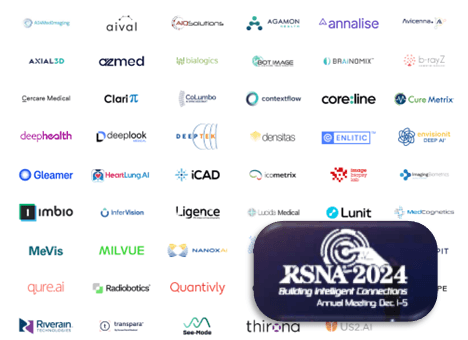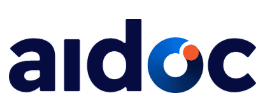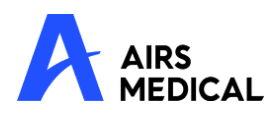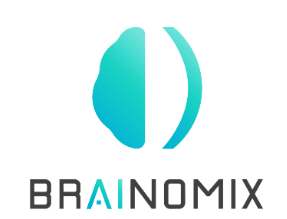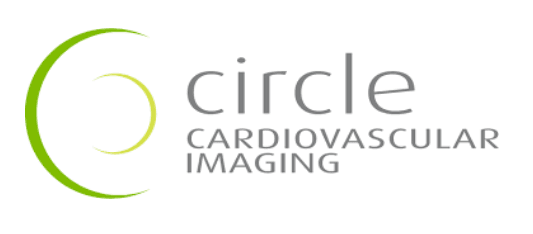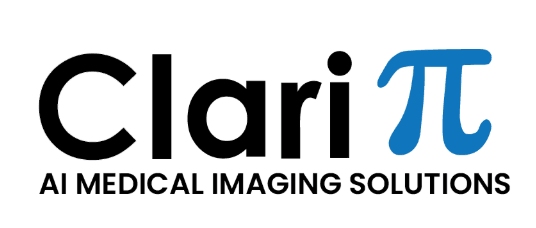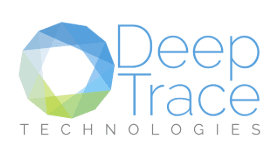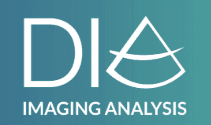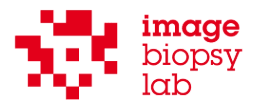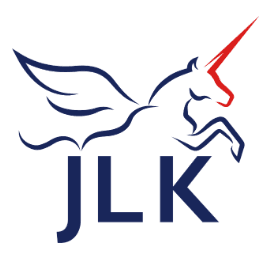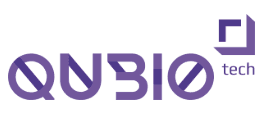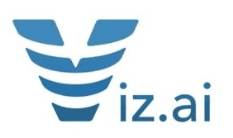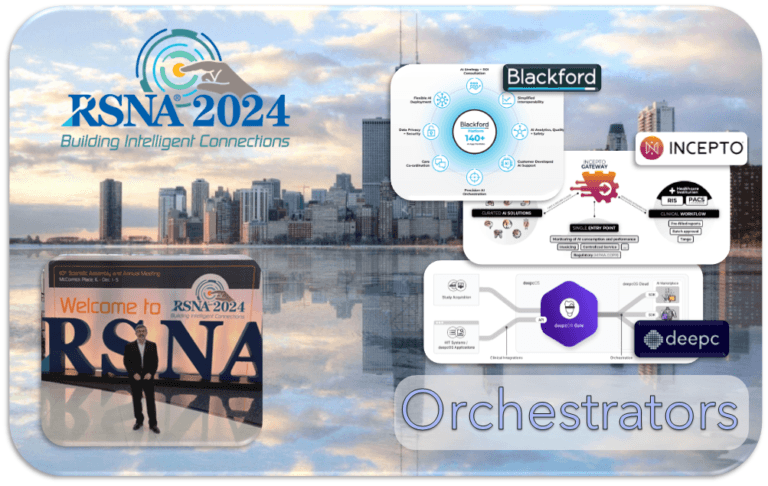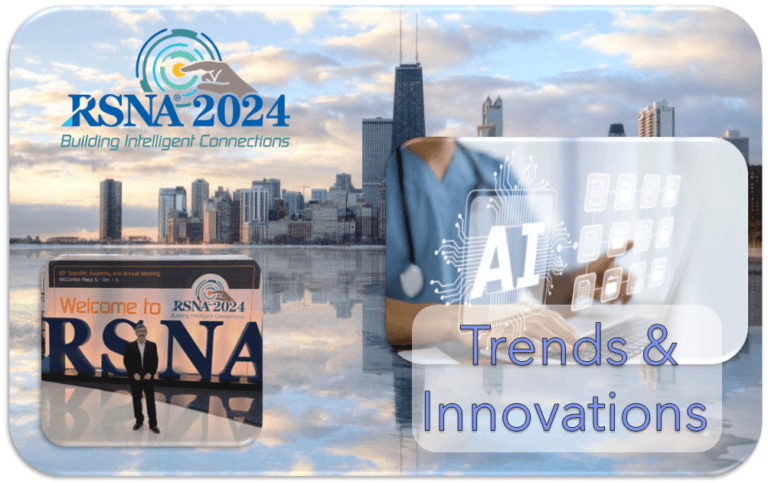Multimodal AI Solutions
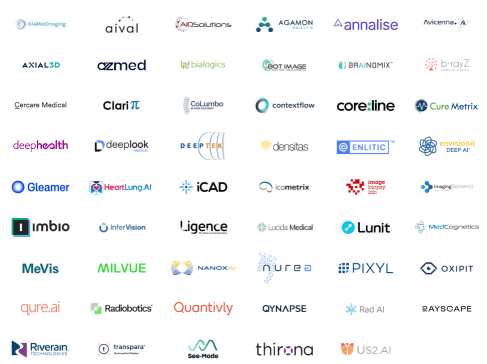
As AI adoption in medical imaging accelerates, multi-modal integration is emerging as a game-changer, enhancing diagnostic speed, accuracy, and clinical efficiency. This blog highlights leading AI companies delivering integrated solutions that seamlessly combine automated triage, advanced image analysis, workflow integration, and structured reporting—key aspects that are particularly critical in acute care settings.
From real-time stroke detection and cardiovascular event identification to PACS/RIS integration and automated structured reporting, AI is transforming how medical imaging supports faster decision-making and improved patient outcomes. By embedding AI findings directly into clinical workflows, these technologies are ensuring that physicians, radiologists, and care teams can act more efficiently and effectively in high-stakes environments.
As AI adoption in medical imaging accelerates, multi-modal integration is emerging as a game-changer, enhancing diagnostic speed, accuracy, and clinical efficiency. This blog highlights leading AI companies delivering integrated solutions that seamlessly combine automated triage, advanced image analysis, workflow integration, and structured reporting—key aspects that are particularly critical in acute care settings.
From real-time stroke detection and cardiovascular event identification to PACS/RIS integration and automated structured reporting, AI is transforming how medical imaging supports faster decision-making and improved patient outcomes. By embedding AI findings directly into clinical workflows, these technologies are ensuring that physicians, radiologists, and care teams can act more efficiently and effectively in high-stakes environments.
This blog explores the innovations driving multi-modal AI adoption, the companies leading this transformation, and how their solutions are reshaping the future of diagnostic medicine.
Multi-Modal Diagnostic Integration & Acceleration
Diagnostic acceleration through AI in medical imaging represents a significant shift in healthcare workflow optimization, particularly in triage scenarios. The core concept of diagnostic acceleration focuses on reducing the time between image acquisition and clinical decision-making.
Primary Benefits include reduced time-to-diagnosis for critical cases, more efficient allocation of radiologist attention, decreased likelihood of missing subtle findings and better management of increasing imaging volumes
Multi-Modal Expansion of Comprehensive AI Solutions
Benefits Care Delivery with Comprehensive AI Solutions
The trend toward multi-conditions, multi-modality AI solutions represents a significant shift in the medical imaging AI landscape.
Clinical Centers
- Vendor Consolidation: Reduces the complexity of managing multiple AI vendors, contracts, and integrations.
- Unified Workflow: Single platform integration into existing PACS/RIS systems rather than multiple separate systems.
- Cost Efficiency: Better pricing models with bundled vs. individual point solutions.
- Simplified Training: Staff only needs to learn one system interface rather than multiple vendor-specific workflows
- Streamlined IT Management: Reduced security review processes, fewer integration points to maintain.
- Unified Support Structure: Single point of contact for technical issues.
Healthcare Providers
- Consistent User Experience: Common interface across different diagnostic tasks.
- Reduced Cognitive Load: No need to switch between different AI systems for different conditions.
- Comprehensive Patient View: Ability to correlate findings across different modalities and conditions.
- Efficient Workflow: Single worklist integration for multiple conditions.
- Better Context: Access to broader patient imaging history and AI findings in one place.
- Time Savings: Reduced time switching between systems and remembering different interfaces.
Patients
- More Comprehensive Care: Higher likelihood of incidental findings being caught across different conditions.
- Faster Diagnosis: Reduced delays from multiple separate screening processes.
- Better Coordination: Improved communication between different specialists using the same platform.
- Reduced Repeat Imaging: Better sharing of existing images across specialties.
- More Consistent Results: Standardized reporting across different conditions
- Potential Cost Savings: Passed down from institutional savings on multiple vendor contracts.
Value Propositions of Multimodal Comprehensive AI Solutions
Strategic Value
- End-to-end patient care across multiple clinical pathways.
- Unified AI architecture to handle various imaging types (CT, MRI, X-ray, etc.)
- Cross-modality correlation improving diagnostic accuracy
- •Ability to track disease progression across different imaging studies
- •Support for both acute and chronic conditions management
- Integration of incidental finding detection across all studies
Operational Excellence
- Single integration point reducing technical overhead.
- Unified data standardization and processing pipeline.
- Consistent quality metrics across all AI applications.
- Streamlined updates & deployment.
- Centralized model monitoring and performance (KPI) tracking.
- Shared computational resources across applications.
Financial Benefits
- Economy of scale in licensing and deployment.
- Reduced total cost of ownership compared to multiple point solutions.
- Better negotiating position for healthcare providers.
- Simplified billing & reimbursement.
- Potential for bundled pricing models.
- Lower training & support costs
Leading Companies with Multimodal AI Solutions
These are the major players in the multimodal market providing a variety of Class II devices.

